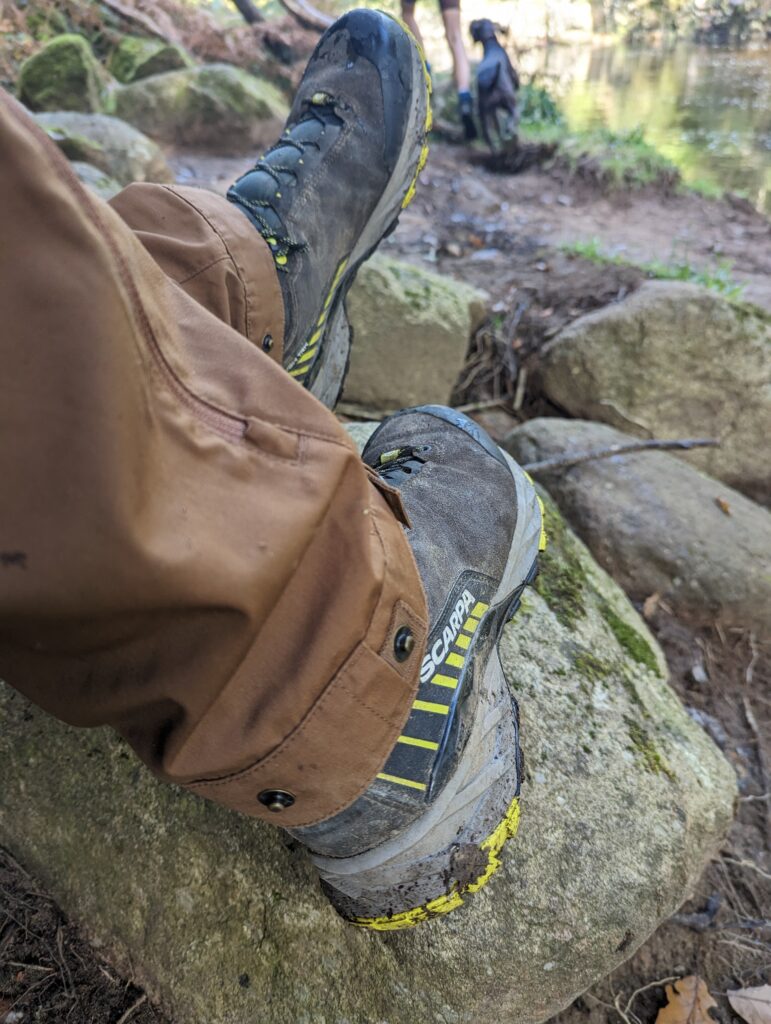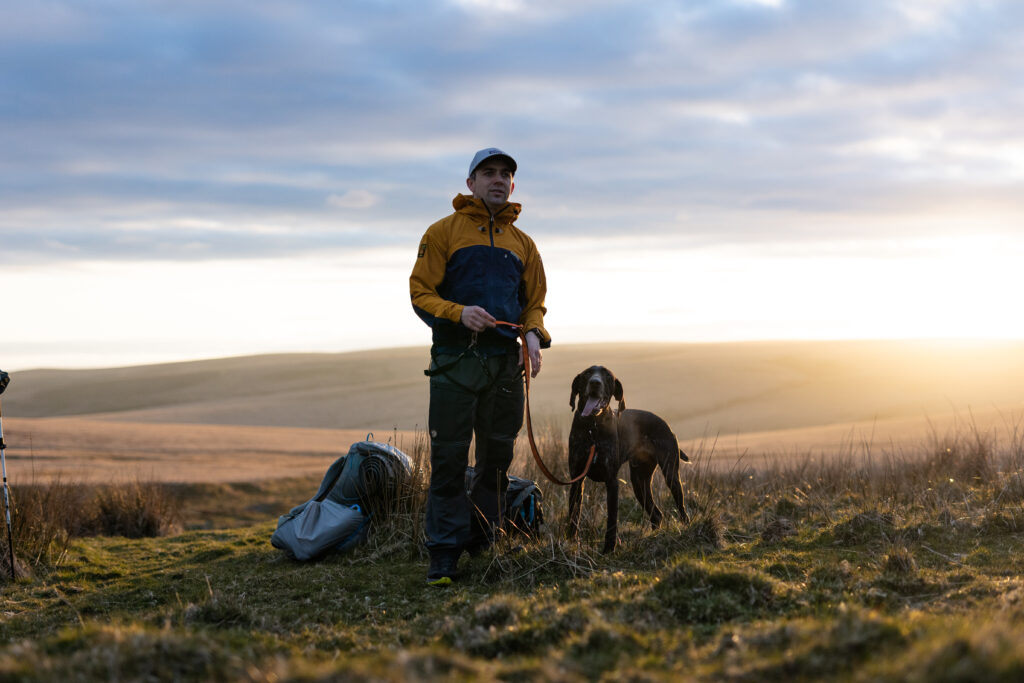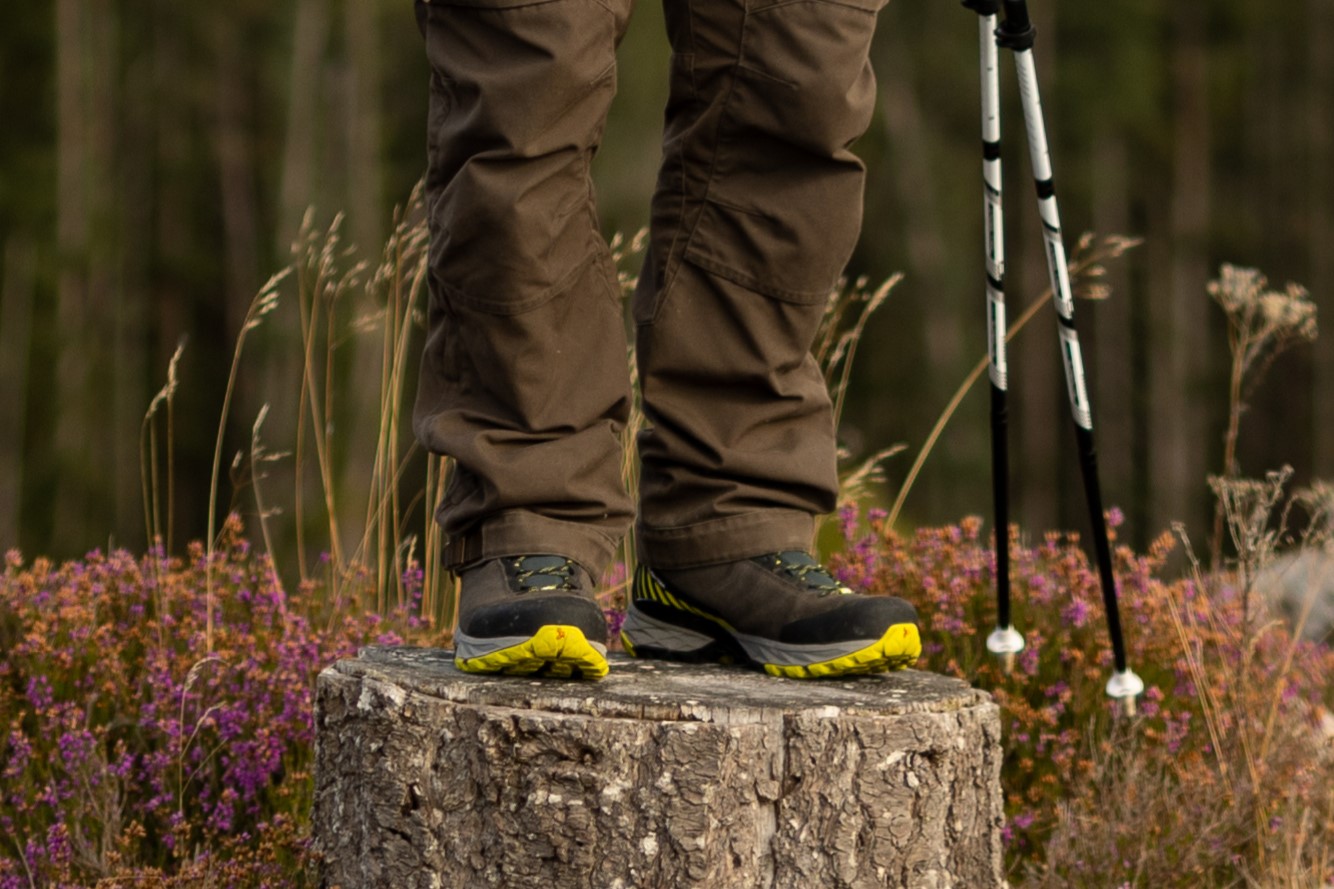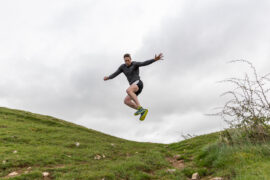Stu are Tech buyer lets you know what he thinks of the Scarpa Rush TRK boots.
I first saw these online before we stocked them, and honestly my first impressions were bad, another fabric and leather boot and is too soft, unsupportive and expensive. Id pass.
Then we got them in stock, I was deflated, where were the proper leather boots I thought were best. So I picked one up and gave it a flex test, “hang on” I thought this is pretty ridged, and has good torsion strength to, I flip it over, PRESA it reads on the multi colour sole, hmmm it isn’t Vibram, will it be any good. (Scapra tell me Presa is there own development letting them do stuff with rubber outsoles you can’t to with Vibram.)
So I try a pair on in a 42, they feel really good around the store, heel is locked in tight, enough space in the toe box, no movement on the slope. This boot is good I decide, but I still probably would not buy a pair, I like full grain leather and a high ankle, less to go wrong, more durable if a bit heavy.
Fast forward 6 months and I am planning our staff training trip to Scotland to walk the Affrick Kintail way, having recently invested in some super light kit I though I could try a light boot, and Scapra offered to supply the Rush TRK

Well they have been the best thing to happen to my feet on long distance walks with a heavier pack, the difference compared to wearing my Heavy Altberg High Country boots is massive. I did not have time to wear in the Rush TRKs I just put on some Bridgedale trekkers and off I went. I had no blisters, I didn’t have sore feet at the end of the day, they didn’t over heat, it was a revelation.
We were walking of forest track for 2 days doing about 20KM a day followed by 2 days on mountain paths a bit shorted but more technical terrain

The PRESA sole has to be the best thing about these boots, it has something called IKS (interactive kinetic system) what this jargon means is that there are 5 domes in the rubber sole that act as shock absorbers in the rubber, something Vibram don’t do yet. This combined with the EVA-CM foam midsole give an amazing ride on hard packed trails and rocky ground you find on most waymarked trails, I know that in my heavier boots my feet ache after a long day walking this terrain, but not in these. Also I must mention the grip, on the last day we were on a wet, rocky mountain path with some steep ups and downs, these boots performed more like a technical approach shoe than a walking boot, while other staff were slipping I was steady as a rock.
They are also nice and light 555g per boot in a 42, so not super light but noticeable compared to other boots of a similar stiffness, I was really impressed with the collar fit, it uses different foam densities and memory foam to give a really close and bespoke fit that hold your foot in place.

The sole is aggressive enough to be walking of track on wet boggy ground, but the boot has one small caveat which is the Gore-Tex tongue is stitched in pretty low, so does not offer great water protection in deeper bogs and puddles, this however helps to increase the breathability of the boot, I had my trousers in gaiter mode on them and never had an issue even on wet boggy ground.
I cannot recommend these enough if you are looking for a quality, light weight boot for trekking and on mountain tracks. When I first saw these they were 0/10 now they are my favourite boots 10/10. Try some on and join the PRESA revolution.

Update:
I have had these boots for 12 months now and have done a lot of backpacking in them, Dartmoor South/North twice, 1 week in the highlands in June and the West Highland Way in September. They are amazing!









